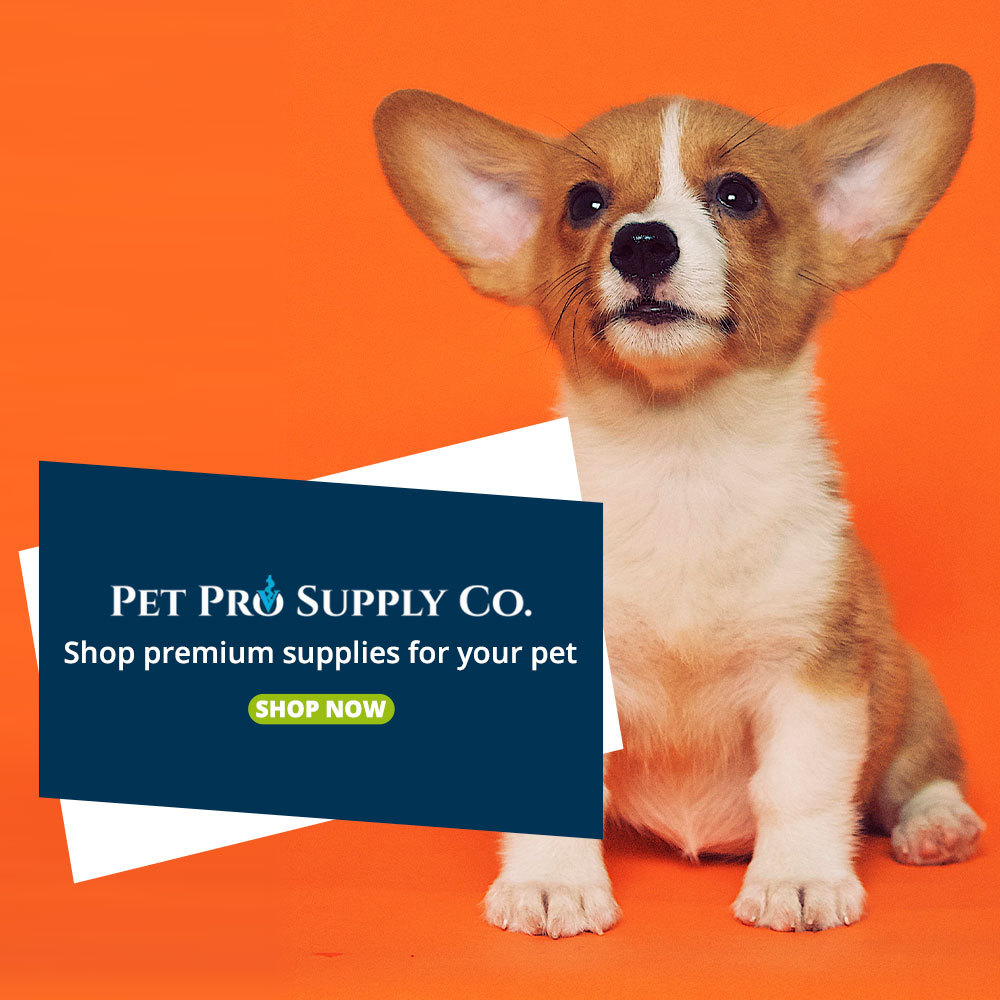I’m going to kick things off by shedding some light on a topic that doesn’t always get the attention it deserves in the realm of pup parenthood: your dog’s oral health. This isn’t just about bad breath; it’s also about the overall wellbeing of your furry friend.
Much like in humans, dental health is a pretty big deal for dogs. Neglecting it can lead to a whole host of issues, such as plaque buildup, gum disease, tooth loss, and in severe cases, it can even pave the way for life-threatening infections. You’re going to find out about common dental problems that canines face, from tartar accumulation to gingivitis, and why timely care is essential.
You may not realize it, but your dog’s breed, diet, and age all play crucial roles in their oral hygiene. Small breeds, for example, are notorious for teeth crowding that can increase the risk of dental problems. Diets heavy on starchy kibble can contribute to plaque formation, and older dogs have higher chances of periodontal disease.
In my opinion, education is the first step to prevention. That’s why by the time you finish reading this, you’ll be better equipped to tackle your dog’s dental issues head-on. And, as you’ll soon discover, regular teeth brushing is an indispensable weapon in your oral care arsenal. So, let’s gear up and get ready to explore more about it in the next section.
Brushing Your Dog’s Teeth: Techniques and Best Practices
I’m going to walk you through the process of brushing your dog’s teeth, and trust me, it’s not as daunting as it may seem. Maintaining your dog’s oral hygiene is important, and regular brushing plays a key role in preventing dental issues. Think of it as an investment in your furry friend’s health, and you’ll be grateful you started this practice.
First up, you’ll want to choose the right tools. Human toothpaste isn’t safe for dogs, so be sure to pick up a toothpaste formulated specifically for canines. A dog-friendly toothbrush with soft bristles is also a must. Some prefer finger brushes, which can give you more control and are less intimidating for your dog at the start.
Now, the strategy I like to leverage is to introduce toothbrushing gradually. Start by letting your dog get accustomed to the taste of the toothpaste and the sensation of having something in their mouth. You can do this by applying a small amount of toothpaste on your finger and letting them lick it off.
Once they’re comfortable, move on to brushing. Lift their lips and gently brush in a circular motion, focusing on one or two teeth at a time. Don’t forget the back molars, as they’re prone to tartar buildup. Your dog’s gums might be sensitive, so if there’s any bleeding, go extra gentle or pause and consult with your vet.
Aim to brush your dog’s teeth several times a week, ideally daily, but remember, your first attempt doesn’t need to be your last. It’s all about making this a positive experience for your pooch—praise and treats will go a long way.
If you’re feeling unsure, don’t worry too much about it. You can always ask your vet for a quick tutorial during your next visit. They’re there to help you with not only the how but also the why behind each step, offering professional insight into your dog’s specific needs.
Now, in my opinion, brushing your dog’s teeth is just one piece of the puzzle when it comes to dental care. In the next section, we’re going to explore how dental treats and toys can play a significant supplementary role in keeping your dog’s mouth healthy. Choose something that resonates with you, and you’ll find maintaining your dog’s dental health can even become a bonding activity.
Dental Treats and Toys: Supplementing Your Dog’s Dental Care Routine
You’ve got brushing your dog’s teeth covered. Now, let’s add another layer to your dog’s dental health regimen: dental treats and toys. It’s not just about giving your dog something to chew on; you’re going to find out about how this can significantly enhance their oral care.
Dental treats come with a host of benefits. They’re designed to reduce plaque and tartar buildup, and some even freshen your dog’s breath. But don’t just grab any pack off the shelf. Opt for those approved by veterinary dental organizations, which ensure they’ve been tested for effectiveness.
Chew toys serve a dual purpose – entertainment and health. The act of gnawing on rubber or nylon toys, or even a rope, helps to clean teeth naturally. The texture of these toys can massage the gums, improving gum health, which is crucial as gum disease can be a silent affliction in dogs.
When you’re on the hunt for dental products, there are a couple of things to keep in mind. Make sure that the treats are appropriate for your dog’s size and chew strength. Also, keep an eye on their ingredients; you want to avoid treats with artificial additives or too many calories that could contribute to weight problems.
Now, as beneficial as these treats and toys are, they don’t replace professional care. In fact, think of them as part of a broader oral health strategy that should include regular vet visits. Watch your dog’s behavior as they chew on their toys or enjoy their treats. If you notice any hesitancy or discomfort, it could be a signal that something’s not right and time for a professional check.
Professional Dental Care: Recognizing When Your Dog Needs a Vet’s Help
Now, sometimes no matter how diligent you are at home, your furry friend might need professional care. I can’t stress enough how crucial it is to recognize the signs that indicate it’s time for a vet visit. If you notice bad breath that persists even after brushing, excessive drooling, or signs of discomfort while eating, these could all be red flags for underlying dental issues.
Your dog’s annual check-up isn’t just about shots and heartworm tests; it should also include a dental examination. In my opinion, preventative care is always better than waiting for a problem to escalate. During a professional dental cleaning, your vet will have the opportunity to do a thorough evaluation and remove any tartar or plaque build-up that’s tough to tackle at home.
Vets are equipped to go beyond the basics; they can perform X-rays to check below the gumline and spot any potential concerns early. Plus, if there are any extractions or special treatments required, they can handle that safely. Remember, good oral health can add years to your dog’s life, and I’m here to help you navigate that journey.


